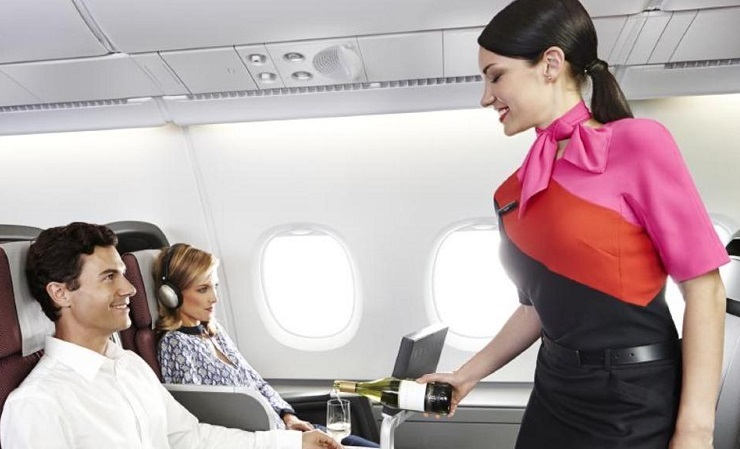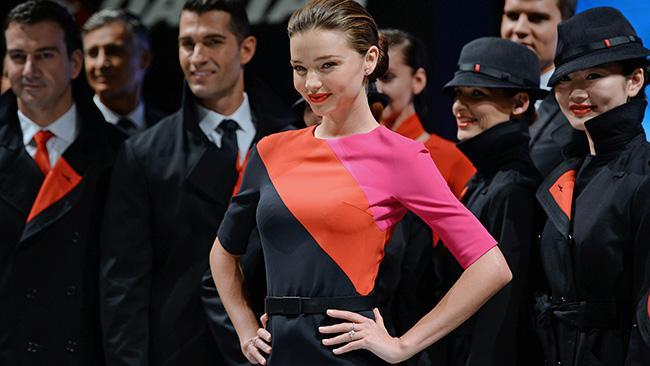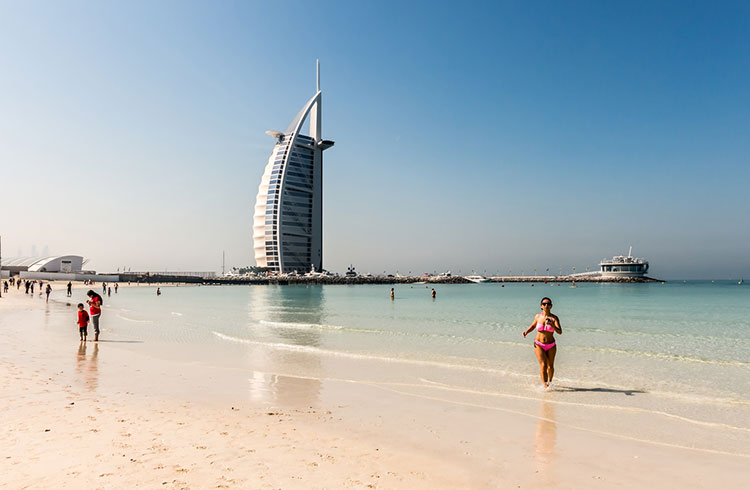The pride of Australia – its official Airlines, the Qantas Airways, is celebrating 100 years since its inception and it has several proud moments to go on a flashback. While the entire airline industry all over the world is going through a tough time due to the pandemic related travel restrictions, Qantas takes a moment to celebrate their successful 100 years.
The world’s oldest continuously operating airline started life in 1920 with just two rickety biplanes. A century later, the airline has a fleet of more than 310 aircrafts and, before the global pandemic hit, carried 50 million passengers a year to more than 50 domestic and 27 international destinations.
Qantas started in 1920s

The airline began life on November 16, 1920, when it was registered as the Queensland and Northern Territory Aerial Services. Founded by Hudson Fysh, Paul McGinness and Fergus McMaster, the airline took flight a year later when it started operating charter services across outback Queensland in a small biplane.
In November 1922, the airline’s first scheduled service was introduced to transport mail and passengers from Longreach to Cloncurry in Queensland. The very first passenger was an 84-year-old outback pioneer named Alexander Kennedy who boarded the flight at Longreach with ticket number 1.
1930s and Charlie Chaplin

By the 1930s, Qantas had already started spreading its wings overseas. The airline partnered with Imperial Airways (which would go on to become British Airways) on the first flight from Sydney to London via Singapore. Renowned comedian Charlie Chaplin became one of the airline’s first celebrity passengers during this decade.
1940s and war
Qantas operated “Double Sunrise” flights in the 1940s to maintain the air link with Britain after the fall of Singapore in the Second World War. Flying in radio silence over hostile waters, the 30-hour flights were airborne so long that passengers saw the sun rise twice. Later this decade, the airline also launched its now famous Kangaroo routes – flying all the way from Australia to London.
1950s with Boeing 707

It was in the 1950s when Qantas began operating flights to South Africa – flying to Johannesburg from Australia and then to several other destinations around the world. Notable among these was its 1959 service from Australia to San Francisco, the first-ever trans-Pacific passenger jet service operated via a Boeing 707. The airline also hosted royalty this decade, with Queen Elizabeth II flying Qantas to Australia during her royal tour of the country in 1954.
1960s and Fiesta Routes
During a time of glamorous hostesses, gourmet meals and serious leg room, Qantas introduced its popular “Fiesta Route”. This service took Australians to London via Mexico, Tahiti and Bermuda and promised international travellers “sunbathed lands off the more familiar beaten track”.
1970s with Business class

Aviation was changed forever in the 1970s when Qantas was one of the first airlines to introduce Business Class cabins. Offering more legroom and amenities than economy class, at a lower price than First Class fares, Qantas was the first airline to introduce wider, more comfortable seats in this new class of travel. The airline also set a record in 1974 for operating a flight with the largest number of people on a Boeing 747. This was after Cyclone Tracy devastated Darwin and the airline crammed 674 passengers on a jet in an effort to evacuate the city as quickly as possible.
1980s Non stop to Europe
In 1989, Qantas operated a record-breaking 747-400 flight when it flew non-stop from London to Sydney. The special service navigated more than 17,000 kilometres for 20 hours and nine minutes with just 18 people on board, mostly Qantas crew and members of the media.
1990s and Flying art

In 1994, Qantas introduced its Flying Art series, which continues today. Acknowledging Aboriginal and Torres Strait Islander peoples as the continuing custodians and traditional owners of the land, the airline commissions indigenous artists to create livery for select jets in its fleet.
The first design was called Wunala Dreaming and was unveiled in 1994 on a now-retired Boeing 747-438. The motif was an overall red design depicting ancestral spirits in the form of kangaroos travelling in the outback.
2000s and A380
In 2008, Qantas introduced the first of 12 Airbus A380s to its fleet. The first superjumbo was handed over to Qantas in a moonlit ceremony at Airbus’ Toulouse headquarters in France. The first double-decker Qantas A380 comfortably flew 450 passengers in four cabins and had 14 single private suites in First Class, as well as a private lounge area in the upper deck of the Business Class cabin.
2010s with Project Sunrise

In 2019, Qantas began working on research flights to usher in what it called the final frontier of flying. Test flights on a Boeing 787 operated direct from London and New York to Sydney in under 20 hours. The purpose was to gather research and data for Project Sunrise, which could fuel the future of air travel. After a detailed evaluation of the Boeing 777X and Airbus A350 aircraft, both contenders to operate the service if it becomes a reality, Qantas selected the A350-1000 as the preferred aircraft.
2020 at a proud present
Qantas operated more than 100 repatriation flights for the Australian Federal Government to bring people home from Covid-19 hot spots around the world when the global pandemic first grounded flights.

Since then, the pandemic has largely clipped the Flying Kangaroo’s wings as Qantas grounded the majority of its fleet as demand for international travel plummeted. The airline also cited the pandemic as the reason it bid an early farewell to its final Boeing 747 jet in July this year. The “Queen of the Skies” traced the shape of the airline’s logo off the Australian coast as a final flourish before departing Australia for the final time.




![The Top & Most Popular Seafood Bucket Restaurants in Dubai for you [Never Miss]](https://uae24x7.com/wp-content/uploads/2020/09/8-seafood-in-a-bucket-scaled-e1600739237403.jpg)
![Procedures for Renewing the Driving License in Abu Dhabi [3 Simple Steps]](https://uae24x7.com/wp-content/uploads/2020/07/Capture-9-e1595666454466.jpg)





